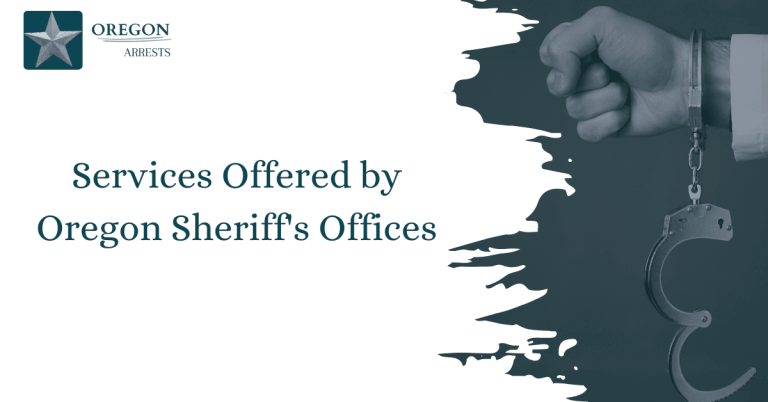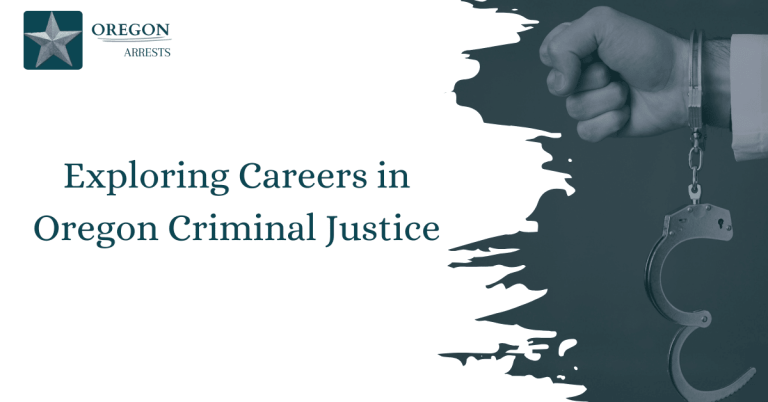Building Safety Partnerships in Oregon
Building safety partnerships in Oregon is crucial for ensuring the well-being of communities across the state. By collaborating with local authorities, businesses, and residents, we can create a safer environment for everyone. Through open communication and joint efforts, we can address potential hazards and proactively work towards preventing accidents.
Establishing strong partnerships also allows for the sharing of resources and knowledge, leading to more effective safety measures. By coming together as a united front, we can better identify risks and implement solutions that benefit the entire community. Building safety partnerships in Oregon is not just a goal but a necessity for safeguarding lives and property.
Importance of Building Safety Partnerships in Oregon
Building safety partnerships in Oregon is crucial for ensuring the well-being of residents and the sustainability of structures. By collaborating with local authorities, builders, and residents, a strong foundation can be laid for a safer environment. Effective communication and proactive risk mitigation strategies are essential components of these partnerships, aiming to uphold the highest standards in construction safety and create a resilient future for Oregon.
Collaborating with Local Authorities for Safety
Local authorities play a key role in enforcing building safety regulations and codes. By working hand in hand with them, builders can ensure compliance with all requirements, leading to safer structures and neighborhoods. Regular inspections and timely response to safety concerns are essential aspects of this partnership, fostering a culture of safety and accountability.
Engaging Builders to Ensure Compliance
Builders are at the forefront of construction projects, making them pivotal in ensuring safety standards are met. Through education and training programs, builders can stay updated on the latest safety practices and regulations. Encouraging a culture of compliance and accountability among builders is essential for creating safe and sustainable structures in Oregon.
Involving Residents in Safety Initiatives
Residents are the ultimate beneficiaries of safe buildings and neighborhoods. Engaging residents in safety initiatives not only raises awareness but also empowers them to take an active role in ensuring their own safety. Community workshops, safety drills, and neighborhood watch programs are effective ways to involve residents in building safety partnerships in Oregon.
Enhancing Communication for Effective Partnerships
Clear and open communication is vital for fostering effective safety partnerships. Regular meetings, updates on safety protocols, and sharing best practices are essential for maintaining a collaborative environment. By enhancing communication channels, stakeholders can work together seamlessly towards a common goal of building safety in Oregon.
Streamlining Processes for Efficient Safety Measures
Streamlining processes is key to implementing efficient safety measures in construction projects. By identifying bottlenecks and implementing streamlined procedures, time and resources can be saved while ensuring safety standards are met. Continuous improvement and feedback loops are essential for refining safety processes and enhancing overall efficiency.
Upholding Highest Standards in Construction Safety
Upholding the highest standards in construction safety is non-negotiable when it comes to building safety partnerships in Oregon. Adhering to strict regulations, conducting regular inspections, and investing in quality materials are essential for maintaining a safe and secure built environment. By prioritizing safety above all else, builders can contribute to a culture of excellence in construction safety.
Proactive Risk Mitigation Strategies for Safety
Proactive risk mitigation strategies are essential for anticipating and preventing potential safety hazards in construction projects. By identifying risks early on and implementing preventive measures, builders can minimize the likelihood of accidents and injuries. From conducting thorough risk assessments to implementing safety protocols, proactive risk mitigation strategies are crucial for ensuring safety in building partnerships in Oregon.
Continuous Improvement Through Innovative Solutions
Continuous improvement is at the core of building safety partnerships in Oregon. By embracing innovative solutions and technology, stakeholders can enhance safety practices and stay ahead of emerging threats. From adopting new building materials to implementing smart safety systems, continuous improvement through innovation is key to creating a safer built environment for all.
Building a Safer, Resilient Future for Oregon
By building safety partnerships in Oregon, we are not just constructing buildings – we are building a safer, more resilient future for all residents. Through collaboration, compliance, and communication, we can create a culture of safety that transcends individual projects and impacts the entire community. Together, we can pave the way for a safer and more sustainable Oregon.
Frequently Asked Questions
Building Safety Partnerships in Oregon is crucial for ensuring the safety and well-being of individuals and communities. Below are some commonly asked questions regarding this topic along with detailed explanations to help you understand the importance of these partnerships.
What are Building Safety Partnerships?
Building Safety Partnerships are collaborative efforts between government agencies, businesses, and communities to ensure that buildings and structures meet safety standards and regulations. These partnerships involve sharing information, resources, and expertise to enhance building safety and protect the public.
Why are Building Safety Partnerships important?
Building Safety Partnerships are important because they help prevent accidents, injuries, and fatalities that can occur due to building code violations or unsafe structures. By working together, stakeholders can identify potential hazards, address compliance issues, and promote a culture of safety within the community.
How can people and companies join Building Safety Partnerships?
Individuals and businesses can get involved in Building Safety Partnerships by staying informed about building codes and regulations, participating in training and educational programs, and reporting any safety concerns to the appropriate authorities. By actively engaging in these partnerships, individuals and businesses can contribute to creating safer communities for everyone.
What role do government agencies play in Building Safety Partnerships?
Government agencies play a crucial role in Building Safety Partnerships by enacting and enforcing building codes, conducting inspections, and providing guidance and support to stakeholders. These agencies work closely with businesses and communities to ensure that buildings are constructed, maintained, and operated in compliance with safety standards.
How do Building Safety Partnerships benefit the community?
Building Safety Partnerships benefit the community by reducing the risk of accidents, improving the quality of buildings and structures, and fostering a sense of trust and collaboration among stakeholders. These partnerships enhance public safety, promote economic development, and contribute to the overall well-being of the community.
What resources help people and businesses build safety partnerships?
There are various resources available for individuals and businesses interested in Building Safety Partnerships, including online tools, training programs, and information sessions offered by government agencies and industry organizations. These resources can help stakeholders stay informed, connect with other partners, and access the support they need to enhance building safety in their communities.







